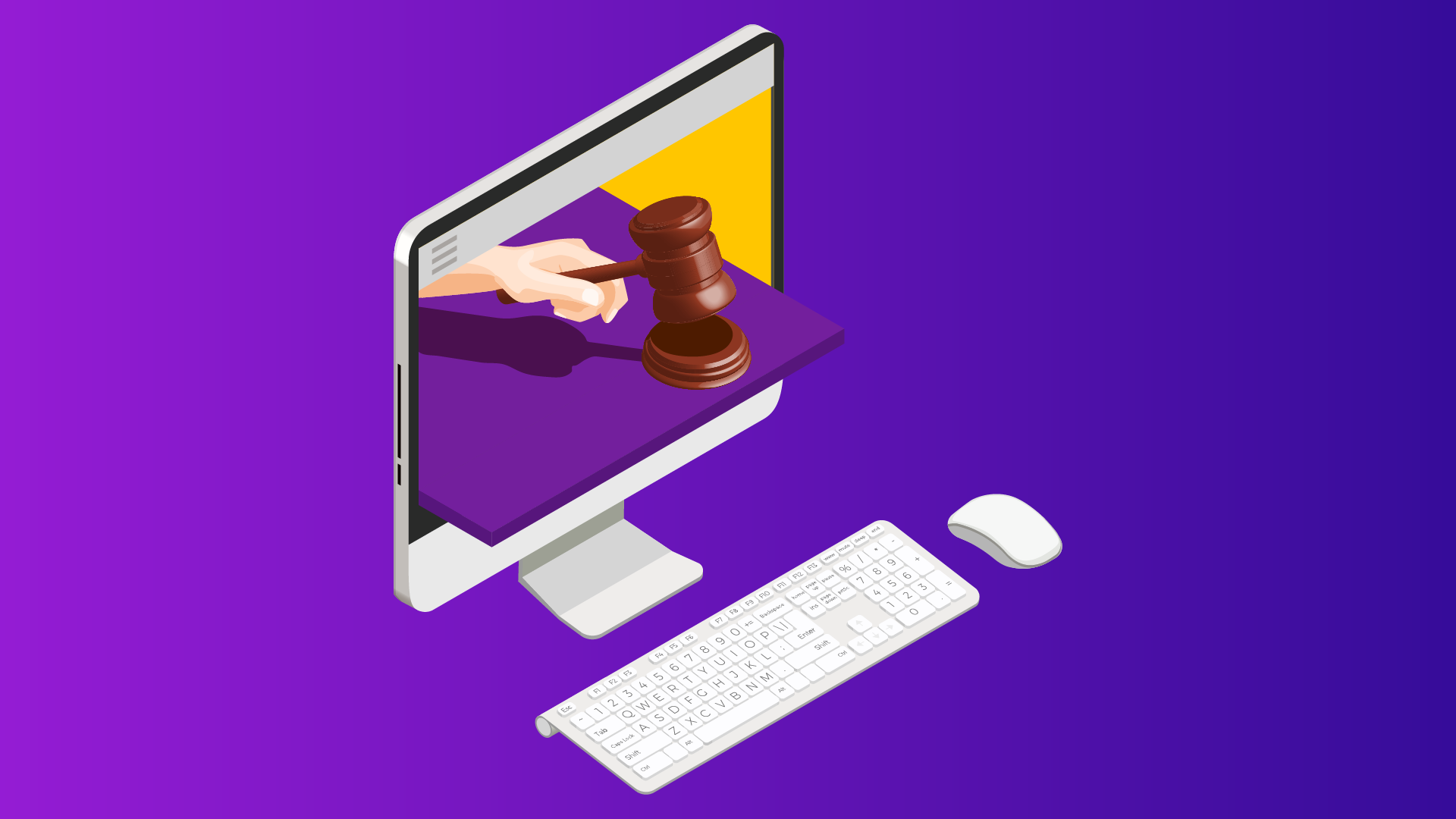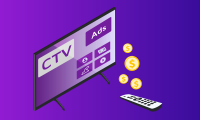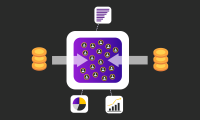Real-Time Bidding in Google Ads: A New Era for App Publishers?
Google is revolutionizing the digital advertising landscape by shifting to real-time bidding for apps. Initially scheduled for October 31, the tech giant has deferred the move to 2024. This transition promises improvement in efficiency; however, it is not without complexities.
Many publishers have voiced concerns over what this means for their ad revenue, especially those with sophisticated waterfall mediation setups. These concerns stem from potential changes such as the discontinuation of AdMob and Google Ad Manager (GAM). Early tests have indicated a 26% decrease in Android Banner eCPMs. This move could result in a 7-17% decrease in ad revenue. To thrive in this changing landscape, publishers must take proactive steps to ensure consistent monetization and remain competitive.
Diversifying revenue streams, optimizing hybrid waterfalls, and building stronger partnerships in the ecosystem are some moves publishers should consider moving forward. Let’s delve deeper into Google’s Bidding Reforms and explore the proactive measures publishers can consider as they navigate these changes.
Decoding Google’s Bidding Reforms
While changes from October 31 are expected to bolster efficiency via Google bidding, DV360, and other bidders will continue their bidding activities. The grace period for multiple calls in hybrid waterfalls signifies Google’s intent to cushion this transition, ensuring minimal disruption. Google plans to complete the transition to real-time bidding by early 2024. Let’s look at some factors influencing this shift.
Google has committed to streamlining media buying for its partners, particularly app developers making multiple calls for the same ad impressions under waterfall mediation. Over the last few months, data monitoring at Google has revealed that adopting real-time bidding increased reach for advertiser campaigns and lowered mediation management overheads, reflecting an overall positive impact. In light of this, the tech giant intends to implement simultaneous price comparison in real-time bidding. This move aims to enhance the efficiency of the auction process and make it easier for buyers to identify the most favourable deals.
Concerning industry-wide shifts, Google is taking significant steps to address another pressing concern – the end of third-party cookies. Google is taking steps to phase out third-party cookies, responding to concerns raised by the UK’s Competition and Markets Authority (CMA). This process will begin with a 1% user testing phase starting in Q1 2024, with the goal of elimination from Q3 2024. This transition will significantly impact publishers, as third-party cookies are crucial in targeted advertising. Consequently, publishers must now explore alternative methods for achieving personalized ad targeting.
Recognizing the challenges posed by this shift, Google has launched several privacy-focused APIs to facilitate the transition. This strategic move disrupts traditional tracking and targeting practices, compelling the industry to innovate and discover new ways to deliver personalized ads effectively. The bidding reforms are a step toward supporting the industry in innovating and adapting to the changing landscape while respecting privacy and data protection regulations.
Implications and the Road Ahead:
The role of a publisher in managing ads is shifting. From merely optimizing waterfalls, they now face the challenge of building robust partnerships and understanding the finer nuances of the audience of their app. Exploring untapped revenue streams like in-game displays will be crucial to operations.
Platforms like AndBeyond.Media offer specialized support for efficiently navigating these shifts. Recognizing the need for adaptation in this changing landscape, publishers can take several strategic steps to remain in tune with the evolving ecosystem. These steps can include:
- Explore and experiment: Assess new revenue sources beyond the traditional avenues, such as subscriptions, sponsorships, and collaborations. As the phasing-out of third-party cookies progresses, current sources requiring data tracking will become challenging to capitalize on. Additionally, publishers should experiment with new ad formats to align with the evolving nature of digital advertisement.
- Cultivate relationships with collaborators: Foster closer relationships with advertising partners and explore collaborations that resonate with their audience, enriching the value they provide to the users and the partners and solidifying long-term relations.
- Leverage insights for effective advertising: Harness data-driven insights to make informed decisions about ad placements and audience targeting. Prioritize user experience and privacy-compliant ad targeting to build trust and engagement with users and partners.
- Stay ahead with ongoing learning: Publishers must stay updated on industry trends and technological advancements. They should continuously learn and adapt to remain competitive.
Future Perspectives
The changes set in motion by Google are a signal of not just a shift but an evolution in digital advertising. And Google is making efforts to help publishers smoothly transition through these changes with a grace period. On October 31, while Google Ads will stop buying on multi-call requests in waterfalls that do not contain a bidding ad unit, it will continue to respond to multiple calls within hybrid waterfalls on supported partner platforms for a temporary period afterward.
Through the rest of 2023, publishers can harness the power of multiple calls in their waterfalls, provided they incorporate a bidding ad unit. However, as 2024 draws closer, Google is making its intentions clear with its roadmap: a complete shift towards responses exclusive to bidding calls, charting a new course for publishers. Adapting and evolving will be the keys to success in this dynamic and ever-changing digital advertising landscape.




Leave a Reply